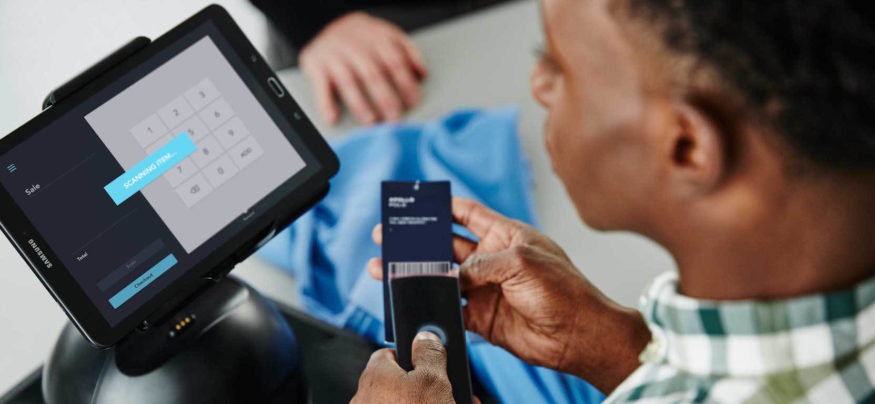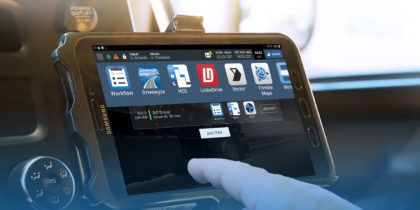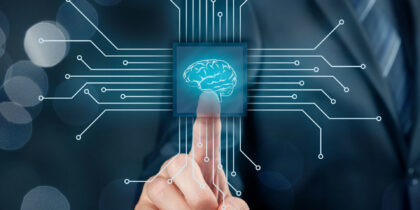Consumerization is spreading from retail into the business customer’s experience. If a consumer finds that an item at Home Depot or Best Buy is out of stock, or they find a better price when browsing on their phone, they’ll order it online. Retailers call this consumer behavior “showrooming,” while buyers simply call it shopping. Business customers today are no different — they won’t wait or pay more with their existing suppliers or service providers. The bottom line is that consumerization has reached the B2B business experience.
Consumerization Is Key
Digital technology and services have changed the competitive landscape. Individuals and businesses are no longer constrained by the inventory or customer service at their local store or supplier — they have a whole country of suppliers who can deliver what they need or want the next day. However, businesses have been slow to adjust their thinking to take into account the consumerization of the B2B customer experience.
According to a recent Accenture report on B2B customer experience, “The driving force behind companies’ strategic focus on the customer experience is digital disruption. It drives deep changes with business customers, who now move at different speeds, and fundamentally transforms the B2B marketplace with new entrants and business models.” In other words, consumerization is key.
However, Accenture found that many companies still have considerable gaps in their customer experience strategy and execution capabilities. For instance, when it comes to banking, most consumers don’t think twice about whether they’re using a branch, website, phone or search engine to find what they want. But banks, which are organized around products and siloed systems, spend time defining their efforts to reach customers.
Companies That Are Doing It Right
Lending Club, Kabbage and OnDeck have used non-traditional data sources to glean information in a fraction of the time that big banks require. Square and PayPal also developed card readers that plug into mobile phones and let merchants, artisans and farmers’ markets take credit and debit card payments anywhere. They then use the transactions to offer loans to the merchants and collect repayment automatically as receipts come in, providing a nearly effortless way to finance inventory. These new FinTech companies are leading the consumerization of the B2B customer experience.
Similarly, Amazon has developed a button for merchant websites that allows customers to click and pay using their Amazon login, and have items shipped to their address, rather than having to type in their personal information again. Users can link the button to their bank accounts rather than using a credit card, leaving Amazon with the data and the relationship, while the banks are just utilities. The service grew 150 percent in 2015.
Amazon, Google and Facebook have raised expectations for personalization, speed and convenience. Accenture found that three-quarters of the executives surveyed said “changes in customer behaviors and attitudes were having a major impact on sales. They cited customers’ higher expectations for tailored solutions, the fact customers are more knowledgeable and self-directed, and customers’ continual monitoring and evaluation of their suppliers.”
Evolving the Customer Experience
Business customers demand a consumer-like experience, and are more empowered by greater access to information, the Accenture survey found. Leaders in customer experience made up just 23 percent of the companies in the survey, and Accenture found that they excel in all aspects of the customer experience by investing heavily in digital technology and people.
Technology companies, ranging from Amazon to Uber, count on tech enthusiasts for a large portion of their customer base. But beyond those circles, attitudes toward technology vary widely. This explains why digital investments are important, but not the whole solution. When a tech-averse buyer calls in to place a big order, the company they’re ordering from needs to have a well-trained person ready.
Digital expertise is especially important in sales and after-market support, which can include cross- and up-selling. Companies classified as “leaders” by Accenture have a customer experience process that’s supported by the C-suite and internal integration, so that sales and support departments work together smoothly. In addition, companies that understand and practice excellent customer service recognize it as a competitive advantage. In fact, nine out of 10 executives said they were concerned that a firm from outside their business might use customer experience expertise to attack their stronghold, and two-thirds said they are either already doing this themselves or considering it.
Accenture also found that the leaders of customer experience are making substantial investments in the Internet of Things (IoT). For example, some firms use data from sensors to create a service that offers to help their customers reduce downtime, achieve better performance and lower energy consumption. “Leaders,” concluded Accenture, “have developed a very clear ‘digital-physical’ vision that is tuned to the multispeed customer agenda and tracked rigorously.”
Learn more about the consumerization of finance and how some organizations are reimagining the customer experience.







